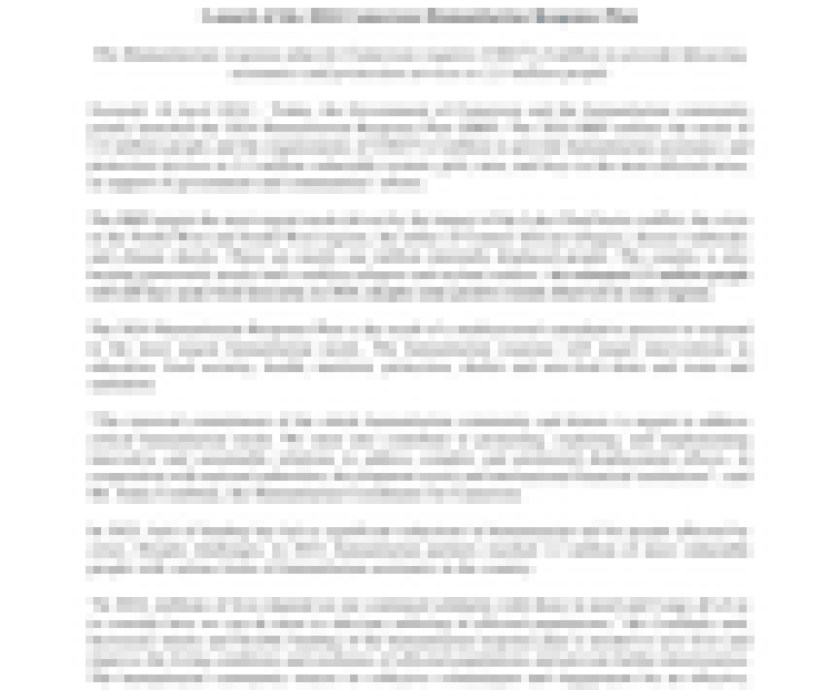Click to expand Image
Asylum seeking families attend a traditional Las Posadas event at the US-Mexico border wall, on the Mexico side, December 15, 2020, in Douglas, Arizona.
© 2020 AP Photo/Ross D. Franklin
Since March 2020, the United States has misused an antiquated section of public health law – Title 42 – to expel migrants quickly, without giving them a chance to ask for asylum.
That looks to be coming to an end. The Centers for Disease Control and Prevention (CDC) will reportedly yet again extend its order authorizing border expulsions under Title 42, but only until May 23. Yet President Joe Biden’s plans for reopening asylum at the US southern border seem undeveloped and mired in contradictions.
Biden campaigned on creating a humane border, restoring access to asylum, and ending private detention. But after more than a year to prepare a true humanitarian response at the border, the administration has made little progress on its promises while maintaining or even expanding many of the same, enforcement-only practices that led to widespread abuses under his predecessors. Such practices have included detention, surveillance, and expedited processes that undermine asylum seekers’ rights to a fair hearing.
There are tens of thousands of asylum seekers near the border who have waited – often in dangerous and life-threatening conditions – months or years to exercise their legal right to seek protection while the US border remained closed to them. Until now, CDC Director Rochelle Walensky has continuously signed off on the continuation of the Title 42 expulsion policy, allowing the US – under Biden’s watch – to expel thousands of asylum seekers to countries, including Haiti, where they face serious risks to their lives.
The Biden administration’s proposed changes to asylum processing represent some progress. They allow asylum officers to grant protection directly to claimants who make a credible case they face persecution at home, increasing efficiency and potentially reducing backlogs. However, those plans also contain serious flaws. For example, the very short three-to-five week period the administration plans to give asylum seekers to find an attorney or prepare cases is likely to seriously undermine due process and substantially increase the risk they will be returned to harm.
The administration’s plans rightly include an increase in appropriately trained personnel at the border. But humanitarian organizations that receive asylum seekers have raised concerns the administration has failed to coordinate with them and that immigration officials may improperly detain asylum seekers or release them at bus depots or on the streets, making accessing basic services or reaching their destinations difficult and unnecessarily straining local resources.
The United States can and should welcome asylum seekers at the border with dignity. Failing to do so is a choice.



